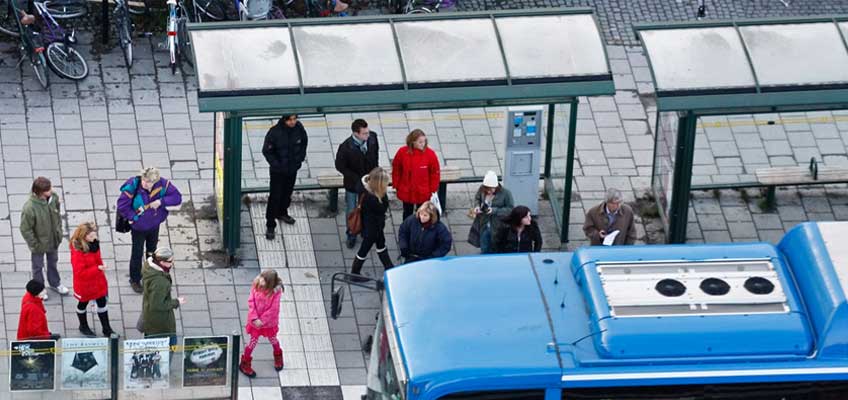Men of working age travel more by public transport

The share of regional journeys by public transport in Sweden has increased somewhat, from 11 per cent in 2005/06 to 13 per cent in 2011–2014.
Full report in Swedish
This increase is attributable to a decrease in travel via other modes of transport, including cycling and walking, while the number of trips by public transport has remained constant. Cars are otherwise the completely dominant mode of transport in terms of number of trips, except in two cases: trips for leisure and recreation, and trips taken by young people aged 6–17 years. In this latter group, cycling and walking are instead dominant (albeit only in terms of the number of journeys taken). The car is also dominant in terms of transport mileage (i.e., total distance travelled).
The highest share of public transport trips (20 per cent) involve young people aged 6–17 years, followed by women of working age (18–64 years), at 14 per cent. However, it is primarily men of working age who account for the increase in the total share of travel by public transport, as their share has risen from 9 to 11 per cent. People 65 and older travel the least by public transport, only 5 per cent of their travel involving public transport.
Download:
Summary Report 2015:15 The evolution of public transport: an analysis of national statistics
